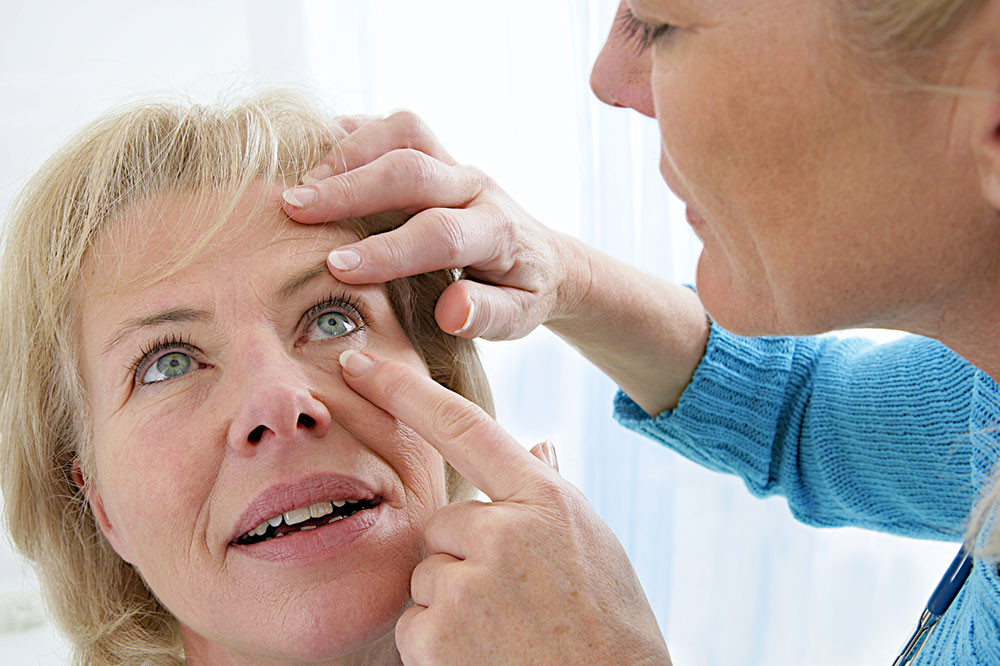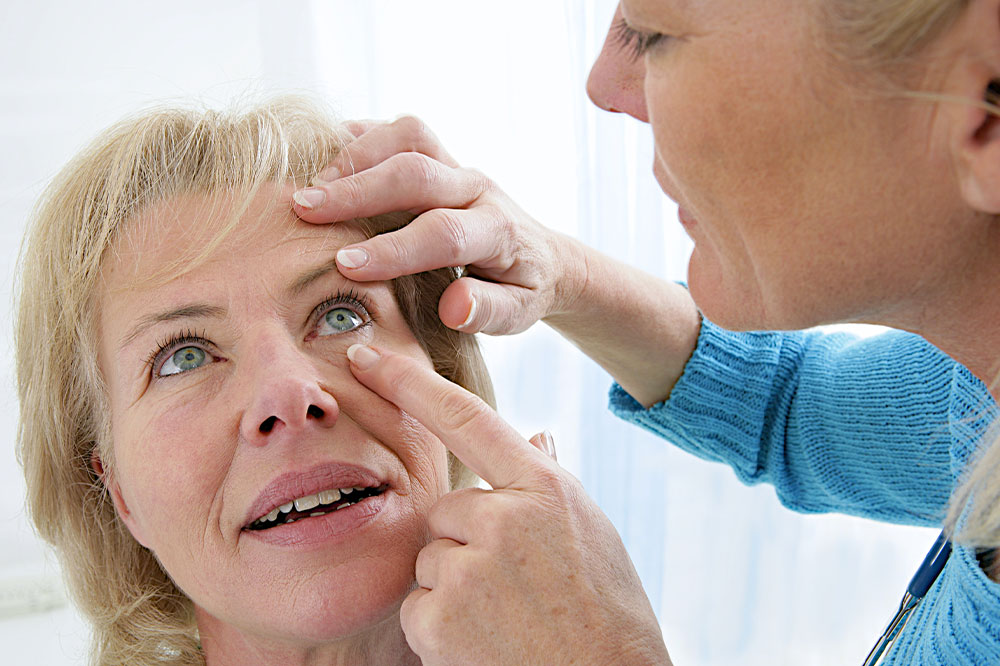Cutting-Edge Strategies for Managing Age-Related Macular Degeneration
Explore innovative approaches to manage age-related macular degeneration, including advanced treatments and lifestyle tips. Learn how early detection and new therapies can help preserve vision and improve quality of life for affected individuals.

Cutting-Edge Strategies for Managing Age-Related Macular Degeneration
Macular degeneration causes loss of central vision, mainly impacting those over 50 years old. Known as Age-related Macular Degeneration (AMD), it is painless and can rarely occur in younger individuals due to genetic reasons.
This condition results in blurred straight lines, making tasks like reading, recognizing faces, and seeing colors difficult. Often, symptoms are unnoticed until significant visual decline occurs.
Causes
The exact cause remains unclear, but aging is a major factor. Changes in the macula, the central part of the retina, are central to AMD development.
AMD exists mainly as dry or wet forms.
Dry AMD
With age, light-sensitive cells in the macula deteriorate, leading to reduced central vision. The buildup of drusen, small deposits of waste, further impairs sight.
Wet AMD
Abnormal blood vessels form under the retina, leaking fluid and blood, causing scarring and significant vision loss. Symptoms include dark spots and distorted images.
Signs and Symptoms
Gradual loss of central vision, initially unnoticed, resulting in blurriness.
Distorted faces, text, and images.
Difficulty seeing fine details, affecting reading and driving.
Reduced contrast sensitivity, complicating object recognition.
Dry AMD may cause hazy vision and dull colors, especially in low light.
Wet AMD can lead to blind spots and hallucinations as it worsens.
Early detection through routine eye exams is vital.
Risk Factors
Age and genetics are key risks. Lifestyle factors such as smoking, sun exposure, obesity, high blood pressure, ethnicity, and cardiovascular health also influence likelihood.
Latest Treatment Options for AMD
Currently, no cure exists. Management aims to slow progression. Dry AMD can be managed with proper lighting, enlarged print, and a diet rich in vitamins A, C, and E.
Wet AMD treatments include anti-VEGF injections and laser therapy. Innovations like macular translocation surgery reposition the retina away from problematic vessels. Lens implants and emerging stem cell therapies offer hope by restoring retinal cells, with clinical trials ongoing.
Preventive Measures
Preventive strategies include quitting smoking, consuming leafy greens, protecting eyes from UV rays, monitoring vision regularly via tools like the Amsler grid, and taking supplements high in zinc and antioxidants. Routine eye exams are crucial for early intervention, especially for seniors over 65.
Proactive healthcare and early treatment can help maintain vision and enhance quality of life.


